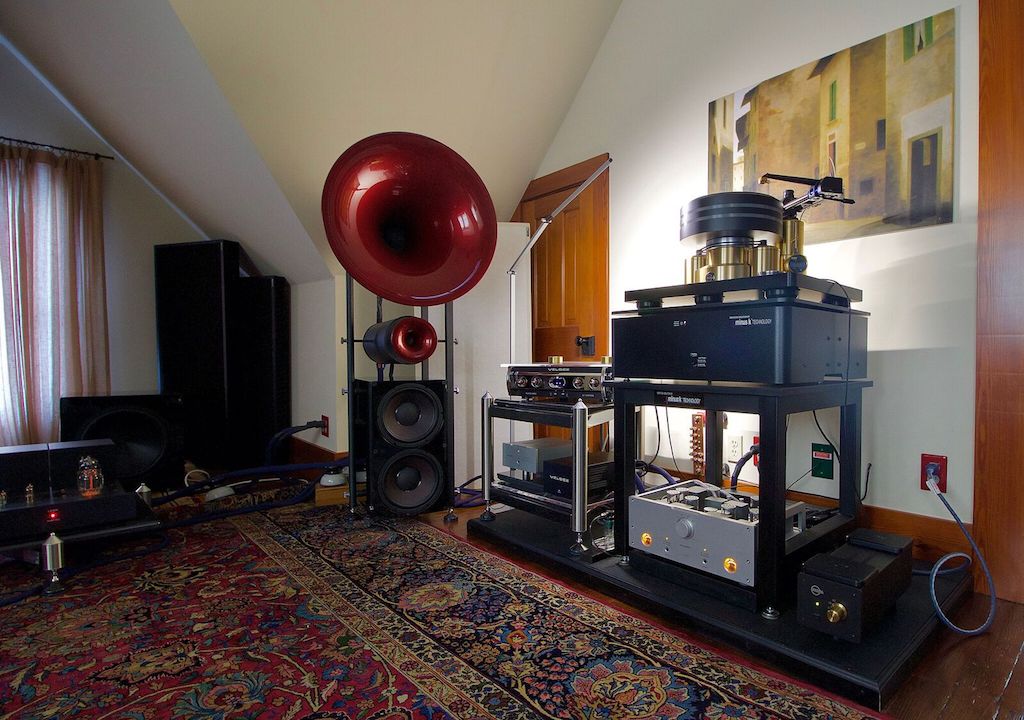The Kuzma, like the Herzan, are active units and based on my discussions with Franc Kuzma and Mike Lavigne, respectively, neither product is designed to deal with footfalls, which the Minus K is capable of absorbing. Instead, those active units maintain a sort of constant balance through a feedback loop (my description may be crude but I understand similar tech is used to keep centrifuge floors level).
I’m running 245 lbs worth of TT, including HRS plinth it sits on- the Minus K has a metal top so you want something between that and the table/plinth unless the latter is already able to deal w/ a metal interface.
I use the largest bench top model- they are spec’d to load and you want to load them close to max to get the most out of them. Since I’m in an old Victorian wooden house with wood floors, the Minus K wasn’t an extravagance but a necessity. If you pursue the active isolation tables, make sure you have a stable base already because given my understanding above, they aren’t meant to deal with wallowing floors and the sort of resonance created by footfalls. I’d say the engineered slab is the start.




